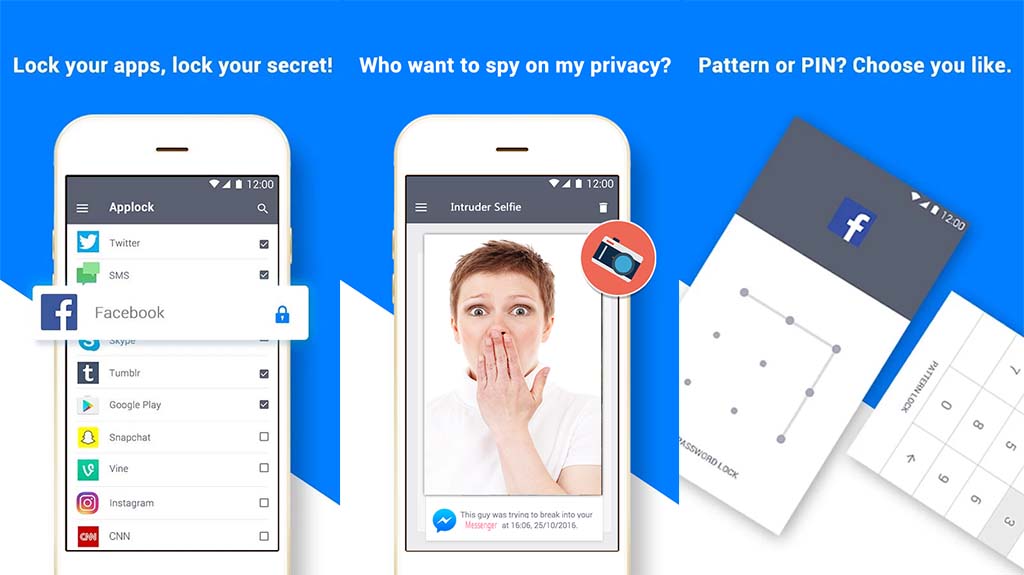Affiliate links on Android Authority may earn us a commission. Learn more.
6 best Android parental control apps and other methods
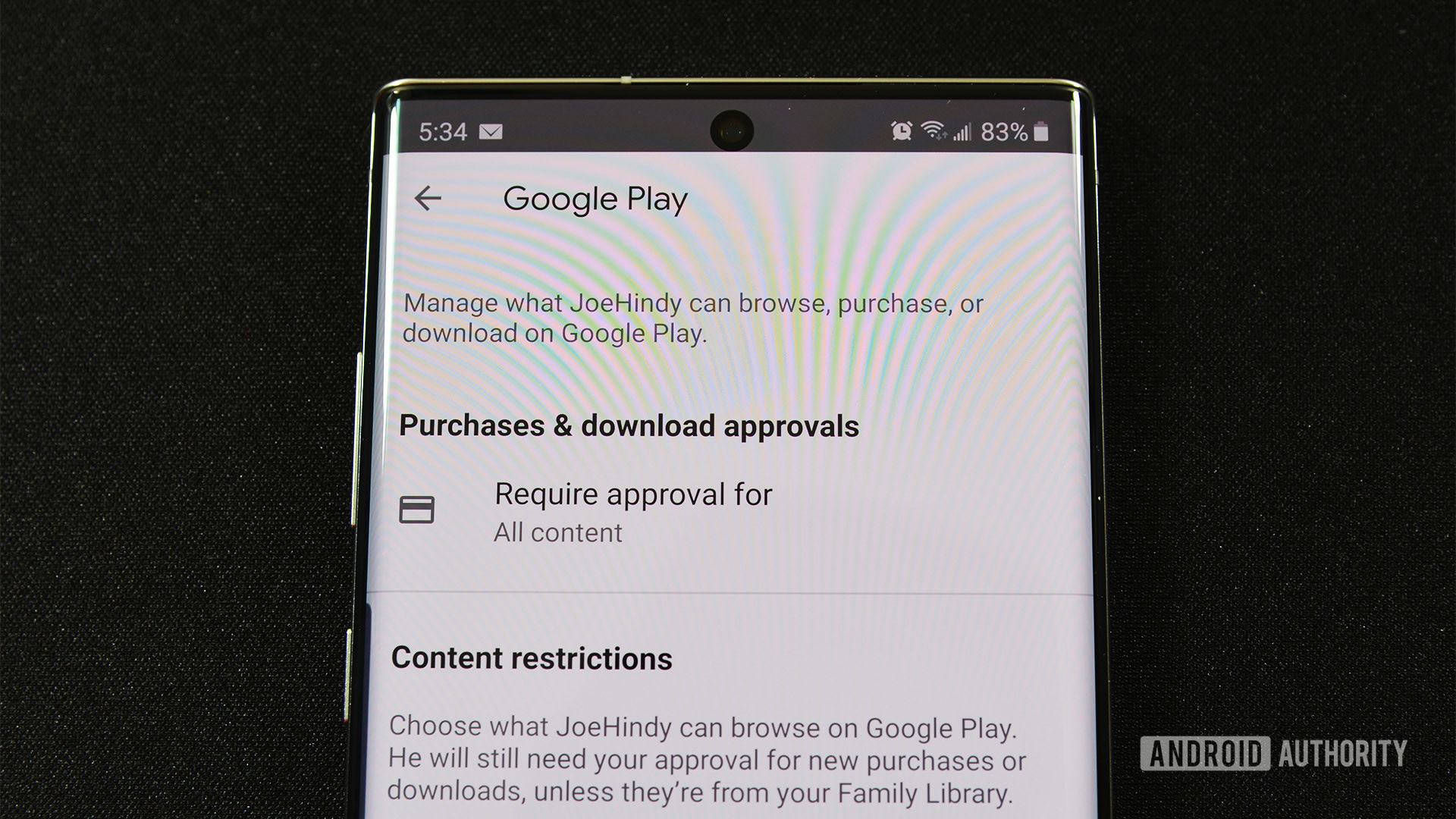
Parental controls on phones have evolved a lot over the years. In the day, devices had kid modes that turned off the UI entirely, trapping the child in a specific app. Unfortunately, kid mode is easy to work around and doesn’t work well. There are better alternatives out there anyway. These new options give your children more freedom to do what they want while keeping you in control. Here are Android’s best parental control apps and other methods if you need further control. No kid-mode apps are on this list because that is a seriously outdated method, and kids could quickly get around it anyway.
The best parental control apps for Android
AppLock by IvyMobile
Price: Free
An app lock is an excellent way to keep kids out of apps on your phone. This is mainly for parents with younger kids who use the parent’s phone to watch YouTube Kids or play kids’ games. An app lock puts a password on your other apps. Thus, if your kids return to the home screen and start clicking on sensitive stuff like your Facebook or banking apps, they can’t get any further. We have a list, but IvyMobile’s is free and relatively simple. This should keep kids away from the sensitive stuff until they’re old enough to know better.
Find My Kids
Price: Free / $2.99 per month / $16.99 per year / $25.99 once
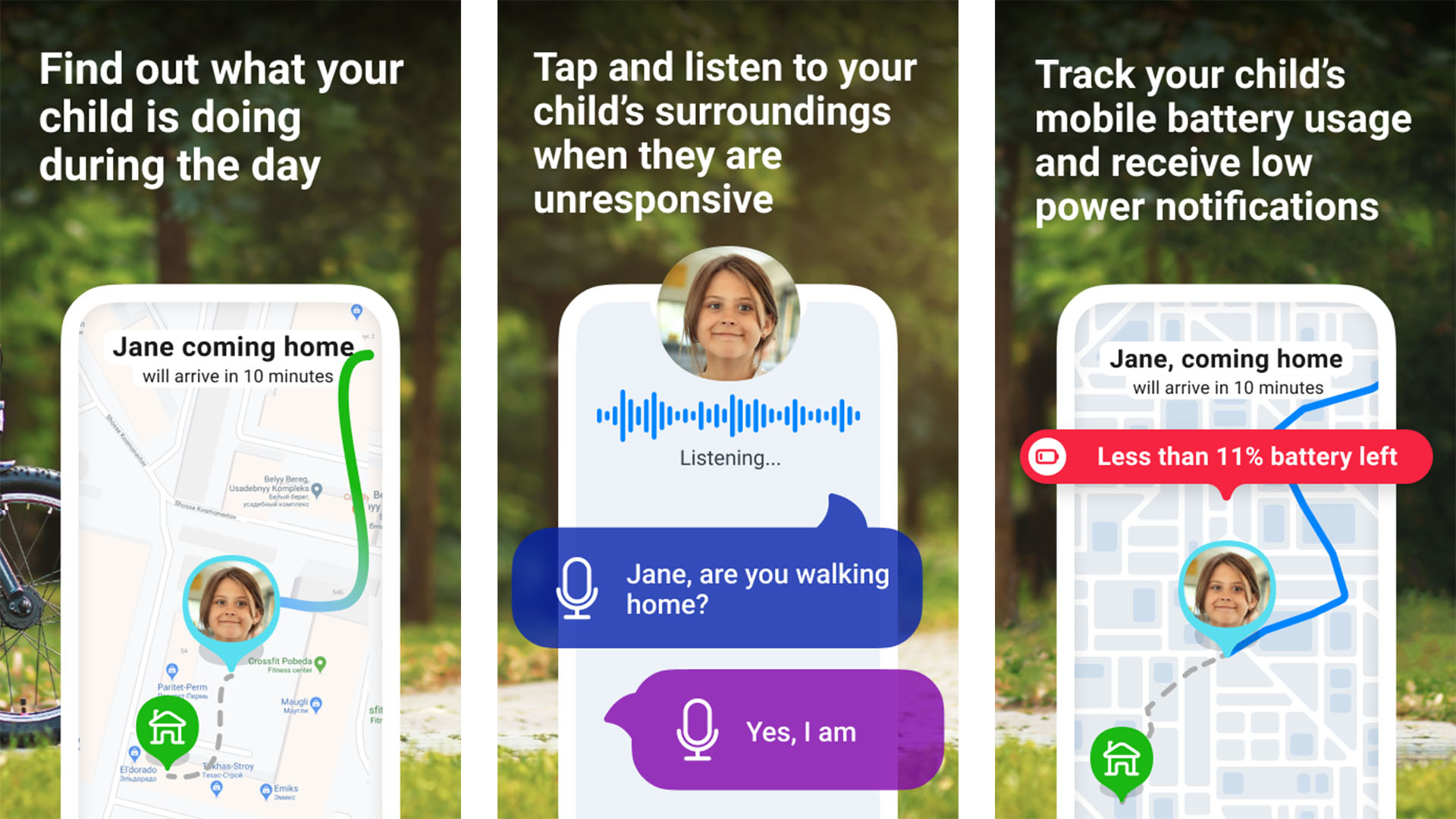
Find My Kids is a lighter touch on parental control apps. This one keeps track of your child’s location at all times. You can see where they are, where they go, and where they’ve been. We like how simple this app is. You open it and can immediately see where all of your kids are. Some other features include notifications if your child’s phone is having trouble sending a location, and you can see what apps they use. There are also some security controls, a battery monitor for your child’s device, and a family chat so you can ask them where they are. It’s surprisingly inexpensive compared to most of its competitors, like Life360. Plus, we appreciate that you can buy it once for $25.99, even if that license only works on three devices simultaneously.
Google Family Link
Price: Free
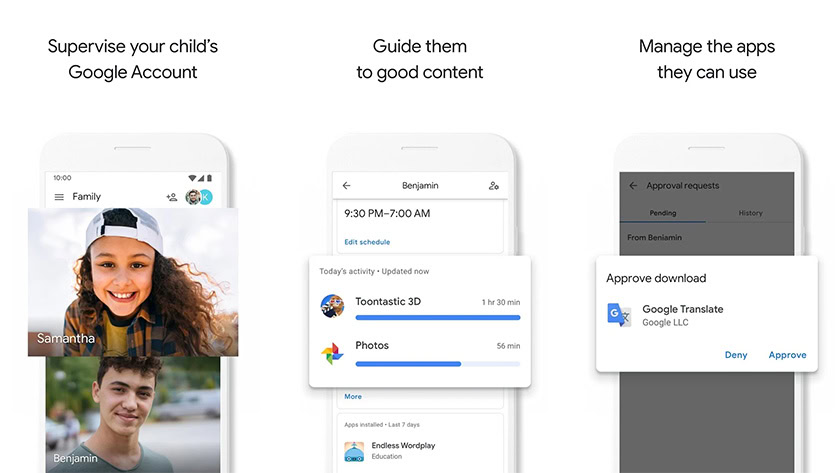
Google Family Link is our first choice for parental control. Your kids get the freedom to use their phones, and you get the satisfaction of seeing everything. We recommend Family Link first because it has so many features and integrates directly into the Android OS itself, a feature none of these other apps have. Some of the features include the ability to see all the apps your kids use, their location, and their usage habits, and you can lock the device if you want them to chill out on the phone for a while. The only downside is the setup process. That one is a bit of a pain, but we have a tutorial on how to do it here if you need it.
Safe Lagoon
Price: Free/ In-app purchases ($9.99 – $59.99 per item)
AirDroid Parental Control is a mobile app designed for parental monitoring and management of children’s devices. Its features include activity monitoring, screen time limits, app blocking, and location tracking. It also enables geofencing, which lets Parents set up geofences around specific locations, such as schools or homes, and receive alerts when their children enter or leave those areas. Parents can also remotely lock their children’s devices, take screenshots, and even record the screen. It’s available for both Android and iOS but comes with some drawbacks. It requires extensive permissions on the child’s device, which may raise privacy concerns, and some users have reported occasional bugs and glitches.
Parental control apps from antivirus companies
Price: Free / Varies
Some antivirus suites come with parental controls. Those who use antivirus apps can sometimes use the parental control extensions for an all-in-one punch. Some examples of antivirus apps with parental control extensions include ESET (linked at the button below) and Norton. These types of apps usually let you check out your child’s web activity, what apps they download and use, share the child’s location, and even sometimes support wearables. They work okay but usually require a license to use the whole antivirus product first.
Talk to your kids
Sometimes, kids need some advice, and nothing compares to the involvement of a parent. Teach your kids about the dangers of the Internet, what to do if they encounter cyberbullying, and where and where not to go. One day, your kids will be old enough that you can’t monitor what they do anymore. They need to be prepared for that day. Monitoring is excellent for younger kids especially, but consider relaxing the tracking as they get older, and you trust them more. Don’t underestimate the value of an involved parent. School can only teach kids so much about the world.
Use apps for other platforms too
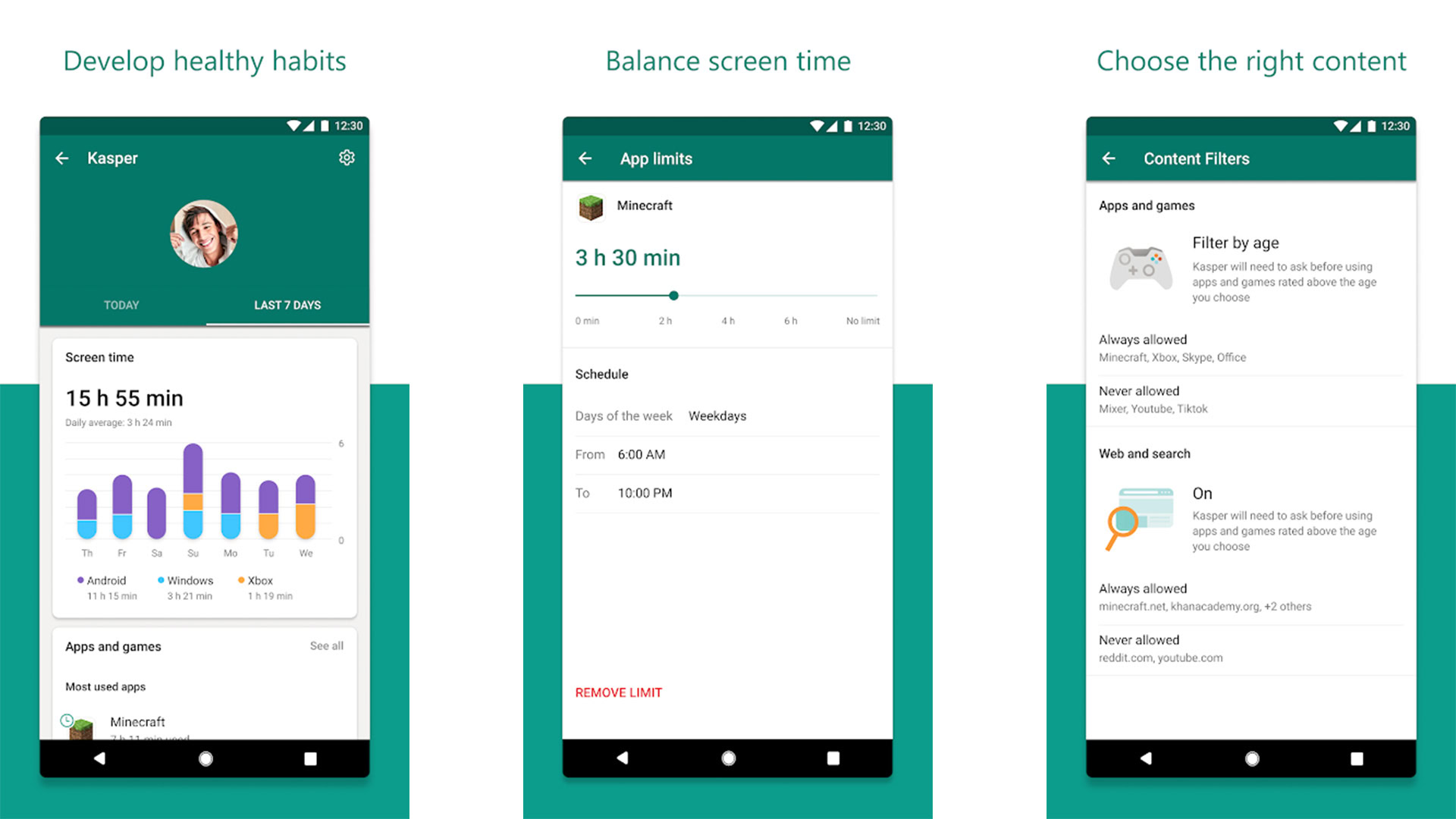
There are parental control apps that support platforms other than Android. It would help if you usually had parental control apps specifically for that platform, but companies are doing better about releasing mobile apps for non-mobile platforms.
Some examples include Microsoft Family Safety and Nintendo Switch’s parental control app. Both apps serve primarily the same function. Microsoft’s solution lets you monitor your child’s Xbox and Windows PC usage and limit various things. Meanwhile, Nintendo’s solution enables you to monitor screen time and what games your kids play. There aren’t many of these apps, but if you can find one, we recommend it for use on other platforms besides Android.
Set up parental controls on Google Play
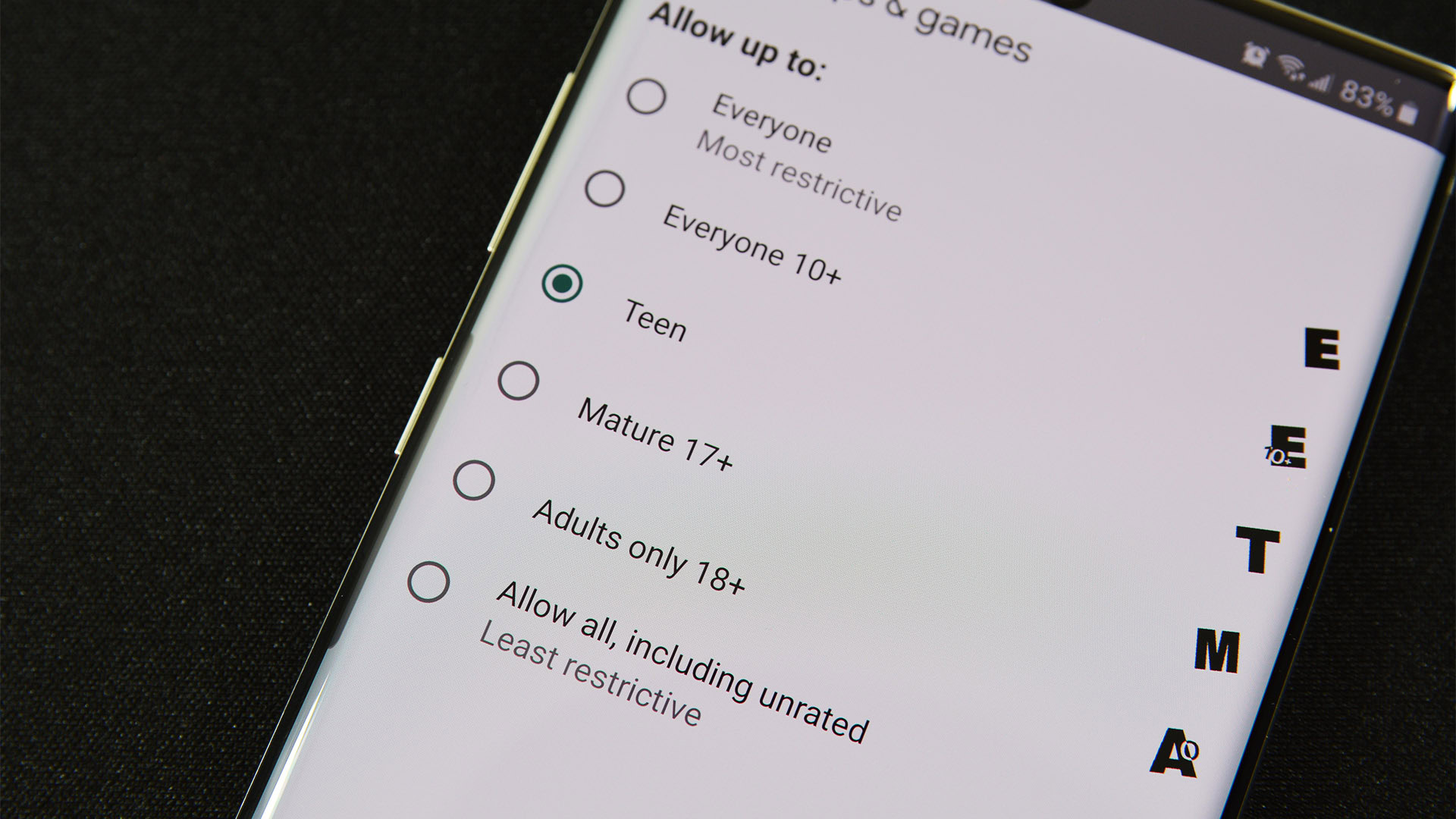
Google Play has a relatively robust set of parental controls. For starters, you can add a password lock to purchases so your kids can’t go wild with your debit card and make in-app purchases from their games. That’s usually the use case for this kind of thing, but you can go deeper. Once you add your kids to your family account, you can restrict access to apps and games.
For instance, you can tell Google Play only to show your kids stuff rated T for Teen or lower, and the Play Store will automatically filter out things with Mature 17+ or Adults only 18+ content. This also ties into Google Family Link, so we recommend using this information alongside that app for maximum results. We have a whole tutorial on Google Play parental controls here.
Use carrier parental control solutions
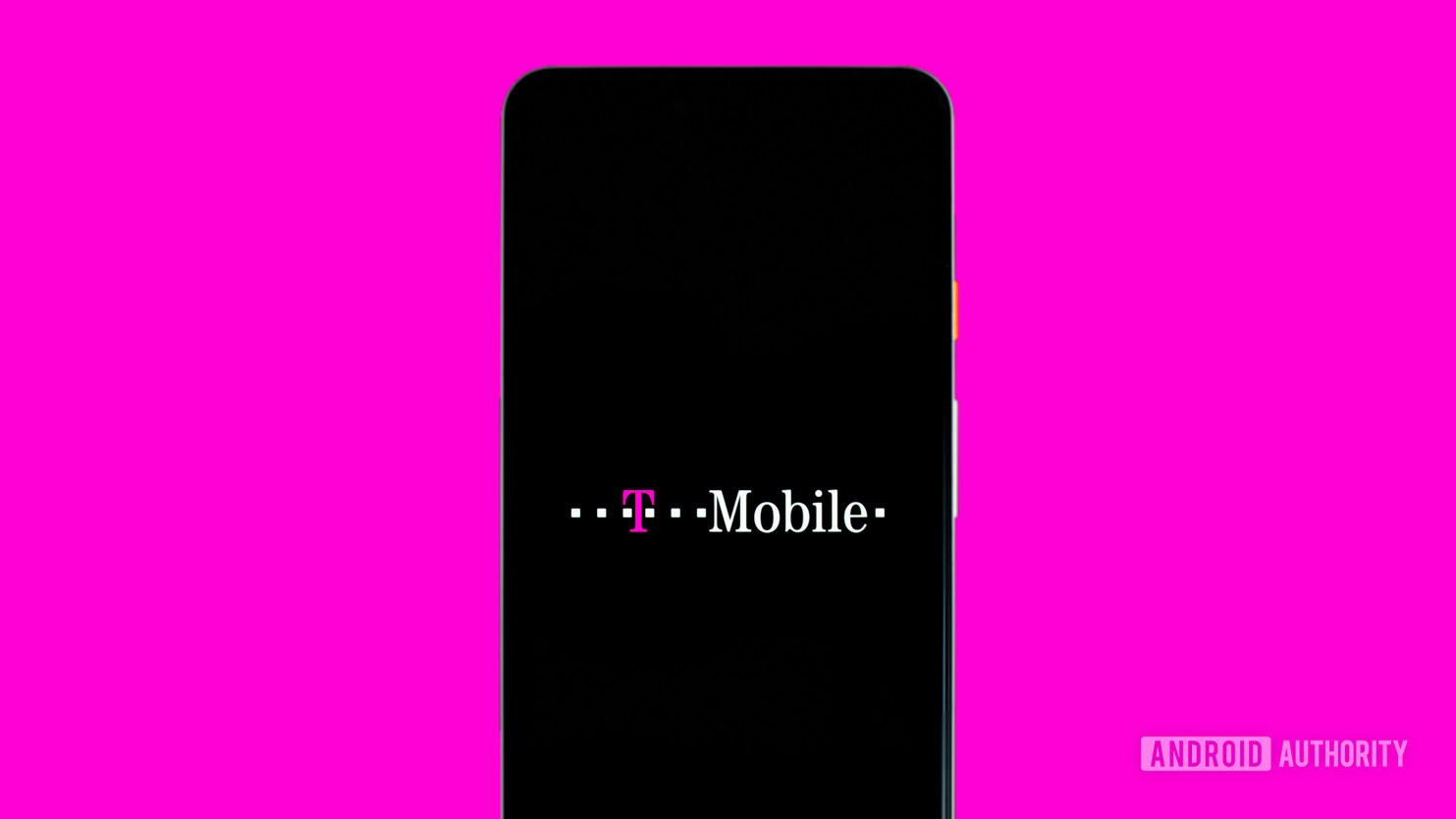
It would take way too long to list every feature for every carrier, but you can find parental control stuff for the airlines linked below for more information:
Native Android features that may help as well
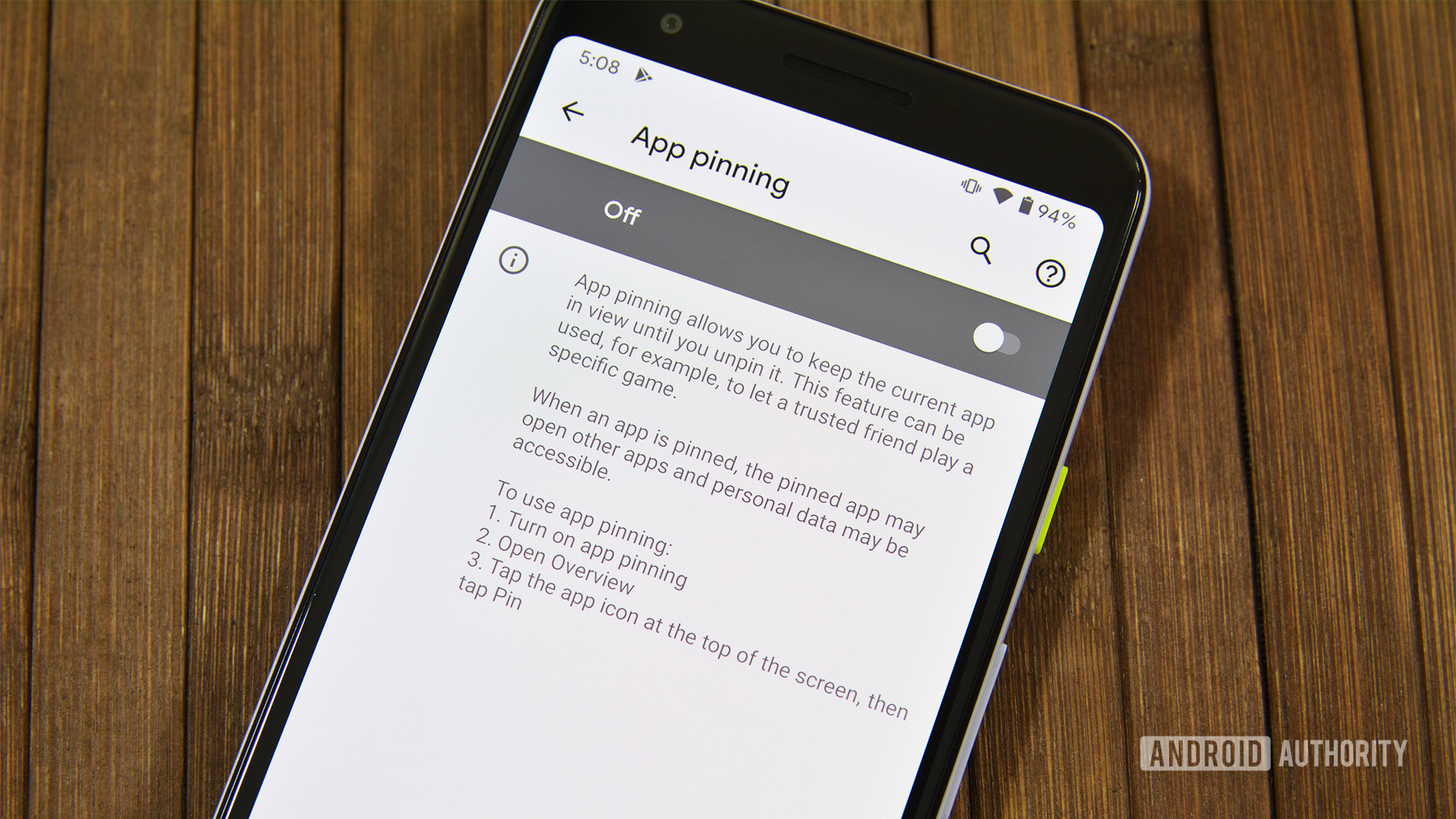
Android is pretty customizable, and there are a bunch of privacy and security features that come with it. You can set a data limit for your kids by going to Settings, Networks, and Mobile Data. The location may vary based on which phone you have. From there, you can see what apps use the most data and set a data limit for your kids so they know when they’ve run out.
Those with younger kids can use the super handy Screen Pinning feature. This feature pins an app or game to your screen and prevents kids from leaving it. I’ve seen parents use this with YouTube Kids so kids can watch videos but can’t access Facebook or other apps accidentally.
The method for Screen Pinning may differ slightly on devices, but it should be something close to this:
- Open your Settings menu and search for Screen pin.
- Enable the feature if it is not already enabled.
- Open your Recent Apps menu via the soft key or by a gesture.
- Tap the icon of the app you want to screen pin.
- Tap the Pin app option (wording may differ on different phones).
This pins an app to your screen and turns calls, messages, and other functions off. To remove the pinned app, do the following:
- Hold the back and recent apps (overview) buttons simultaneously to unpin the app and return to the current apps screen.
- On devices with gesture navigation, swipe up and hold there to unpin the app.
kids may be able to get around a screen pin, but younger kids (especially toddlers) generally can’t do it on purpose. Still, be vigilant and check to ensure your kids didn’t get out of it somehow.
How to limit web browsing for young eyes
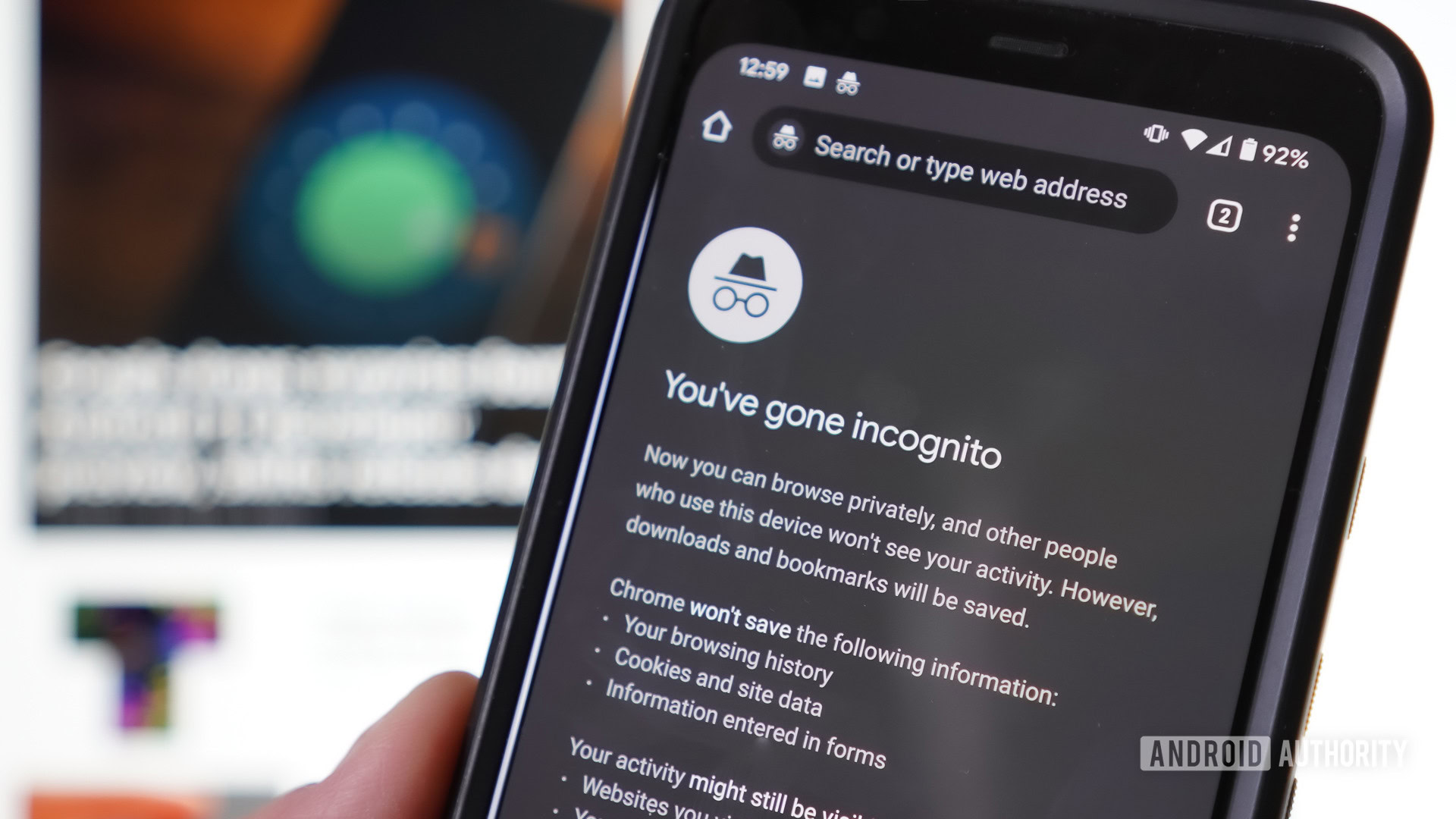
This is, by far, the most challenging thing to do. Most Android phones come with Google Chrome, and the mobile version doesn’t have the functionality to deal with this that your kids can’t easily undo with a Google Search. There is a range of safety browsers that you can set as default, and that might help, but again, older kids can get around it.
You have two options to solve this problem. One is relatively easy, and the other is quite difficult. The problematic method involves setting a DNS. Here is a tutorial from OpenDNS to show you how. However, that doesn’t work all the time.
Your better bet is the second option. Use an app like Google Family Link or Microsoft Family Safety to monitor your child’s web activity and confront them if they shouldn’t go somewhere. It may even be a valuable teaching opportunity.
If we missed any great parental control apps or other methods, we’d be happy to hear more about it in the comment section. You can also click here to check out all of our Android app and game lists.
